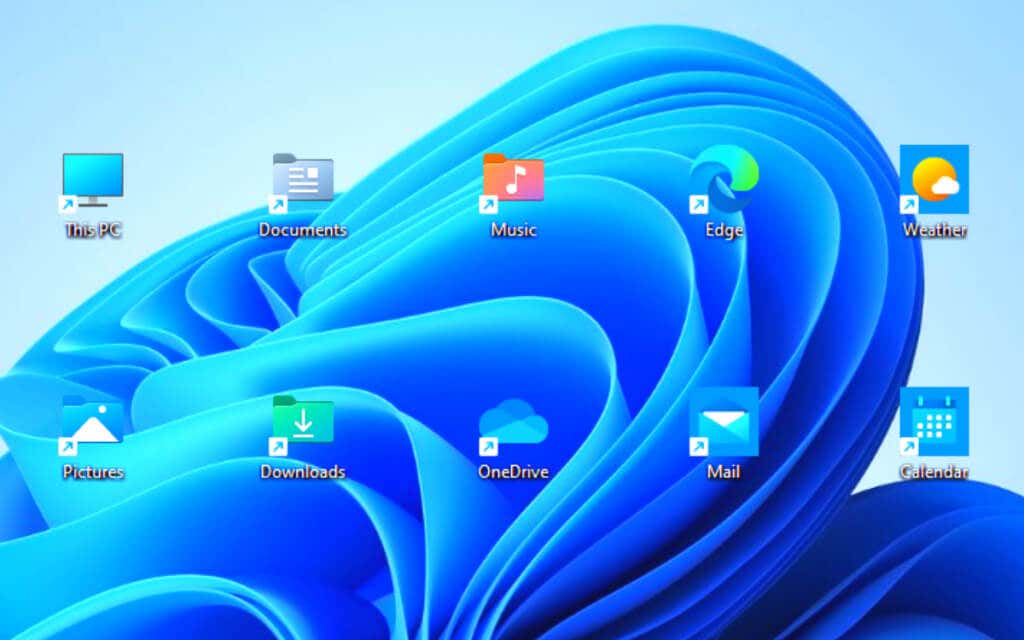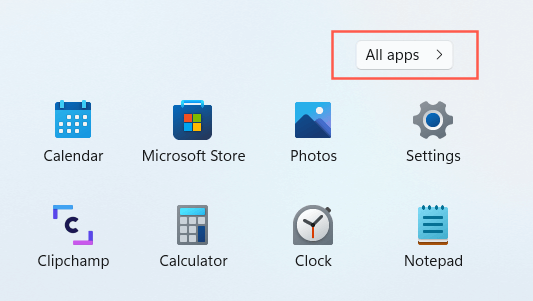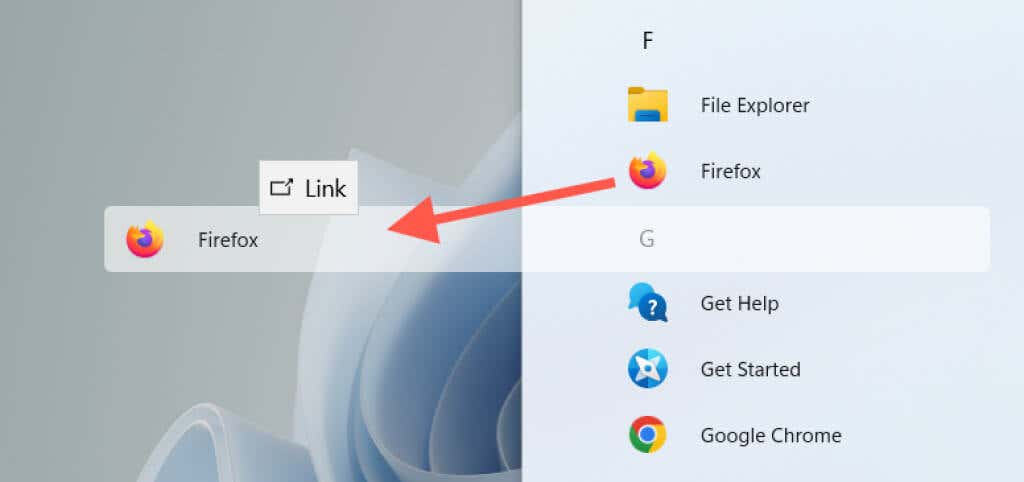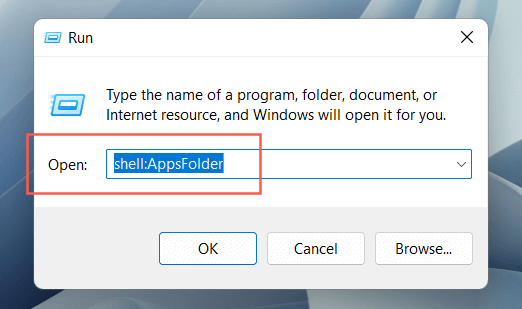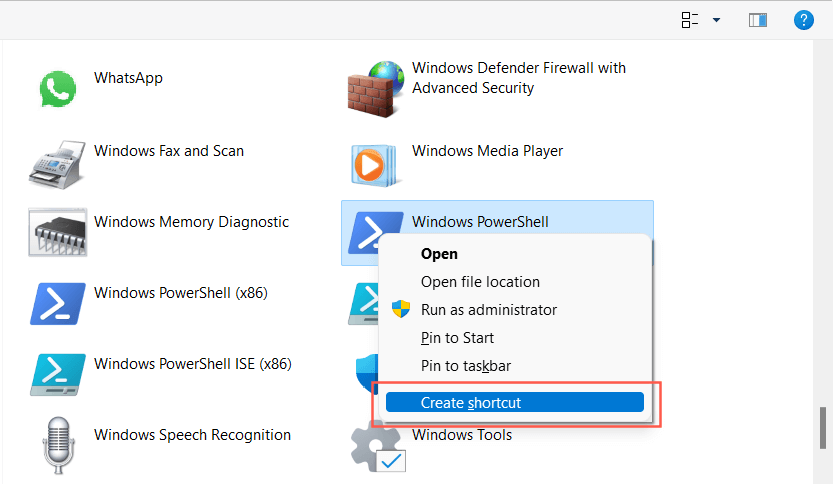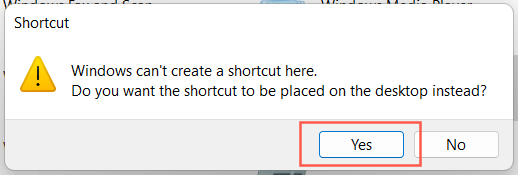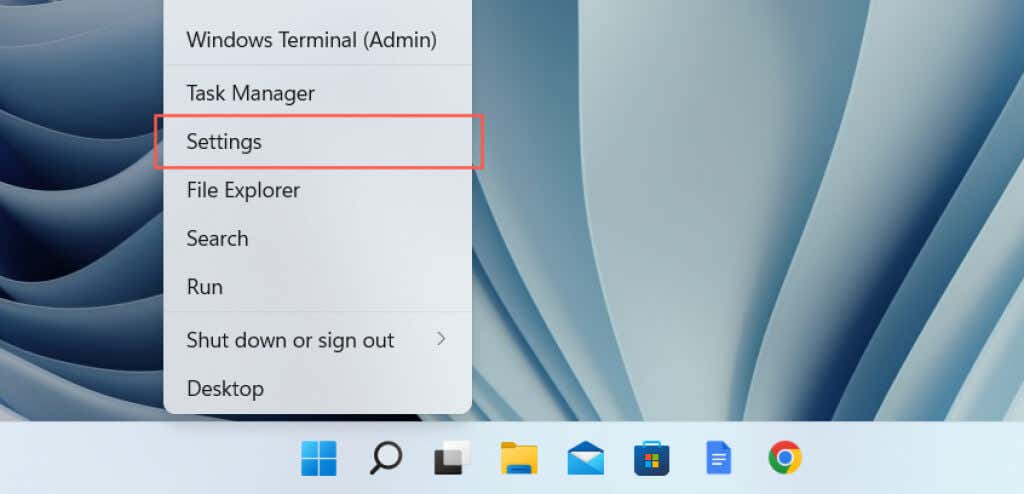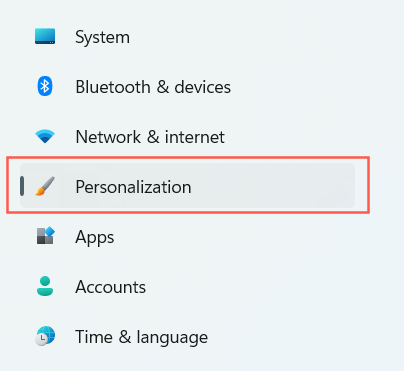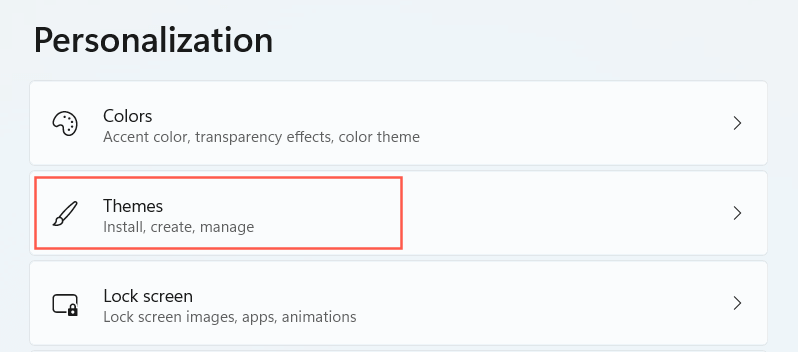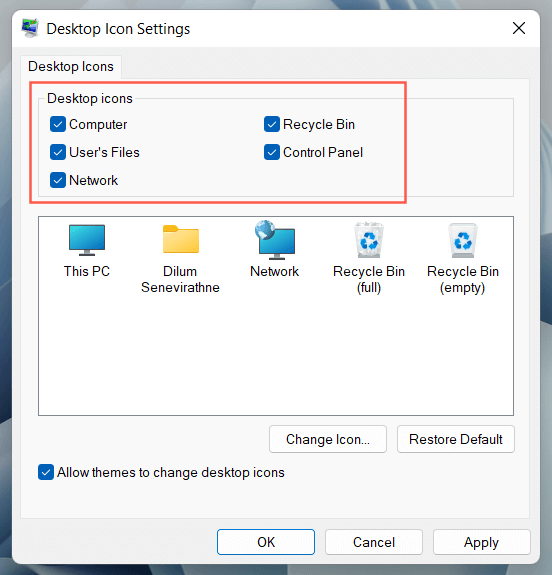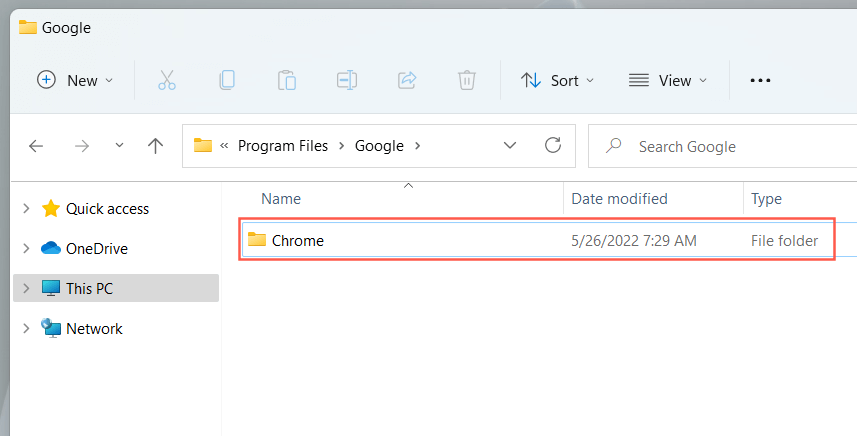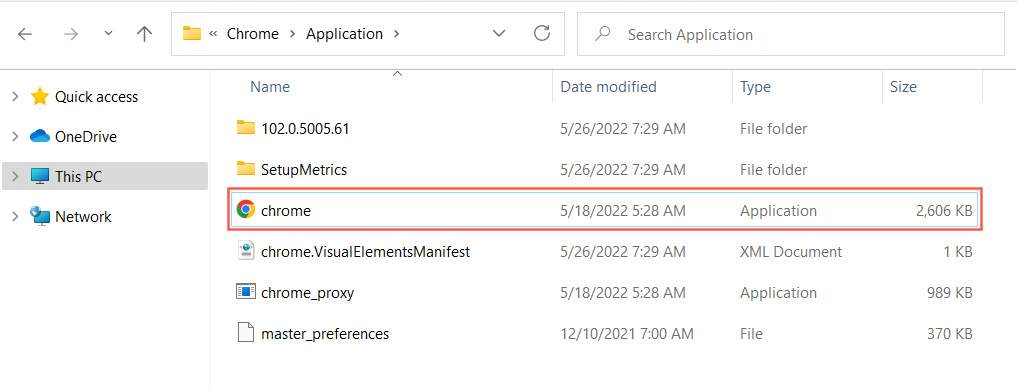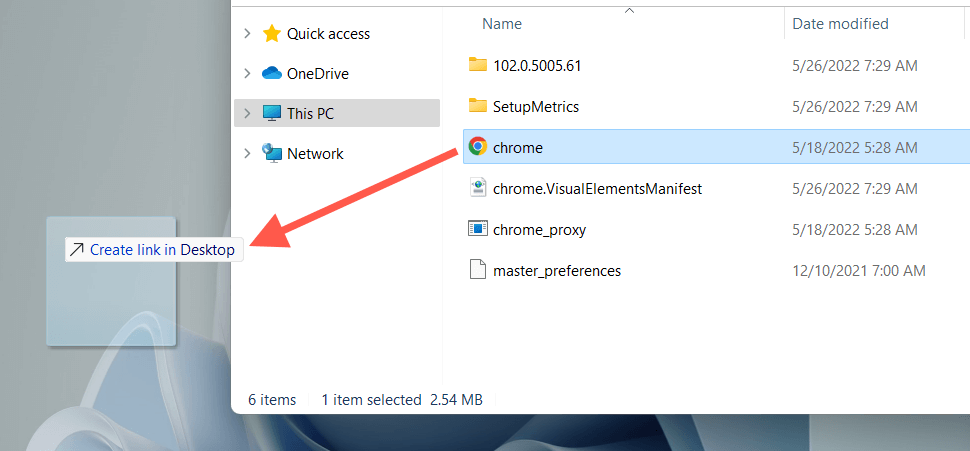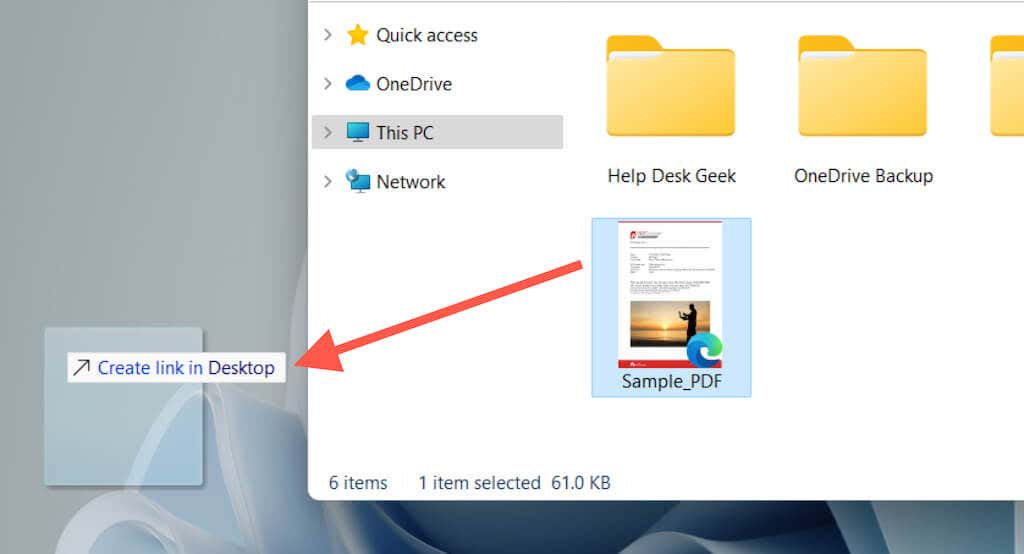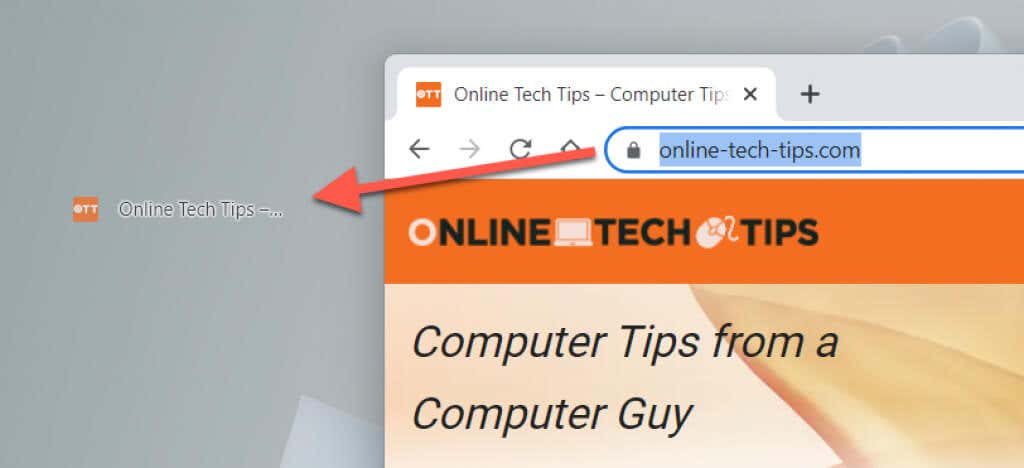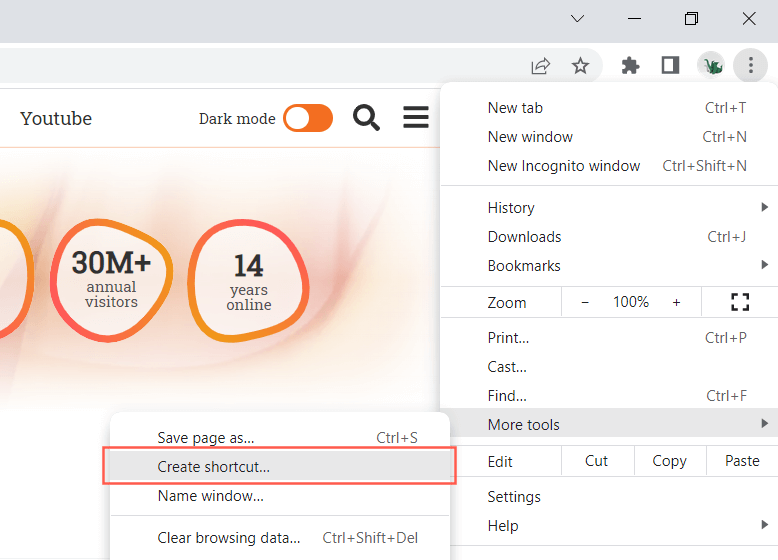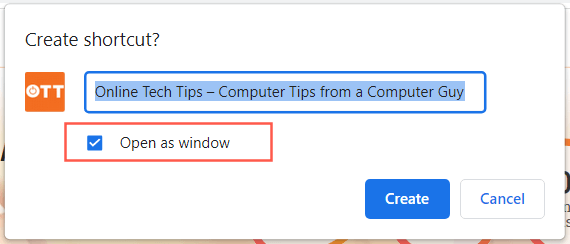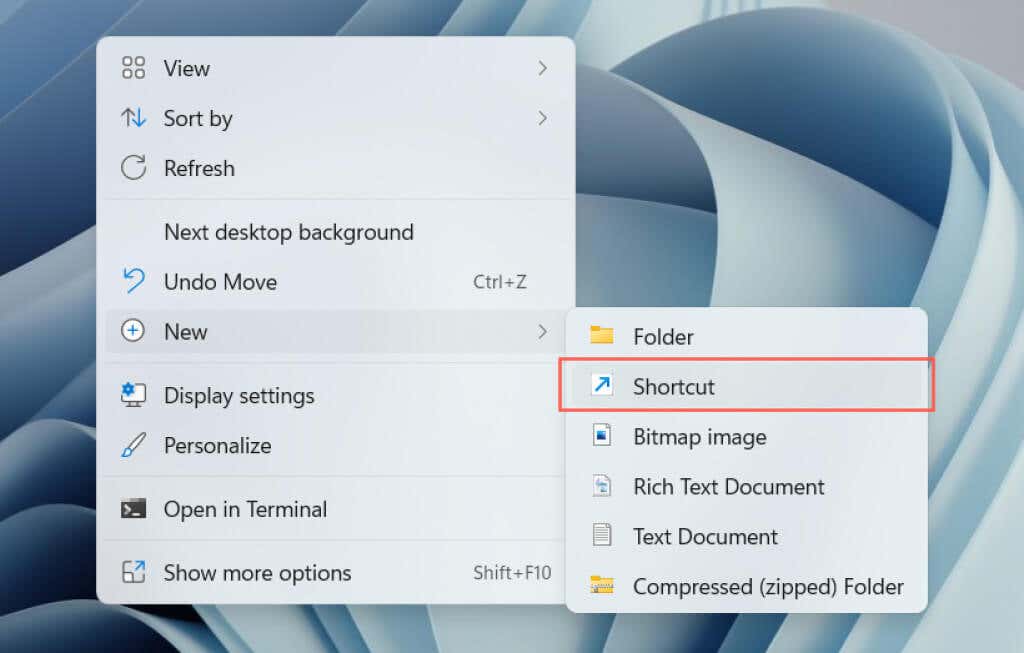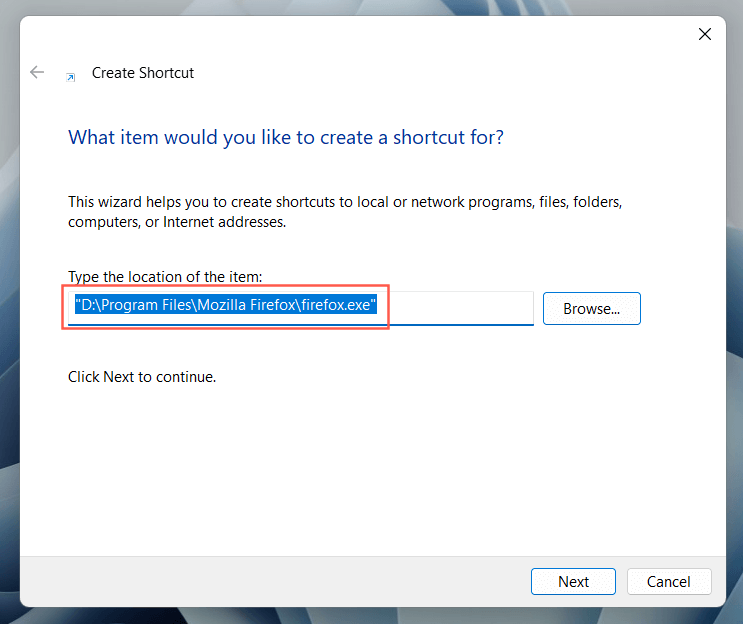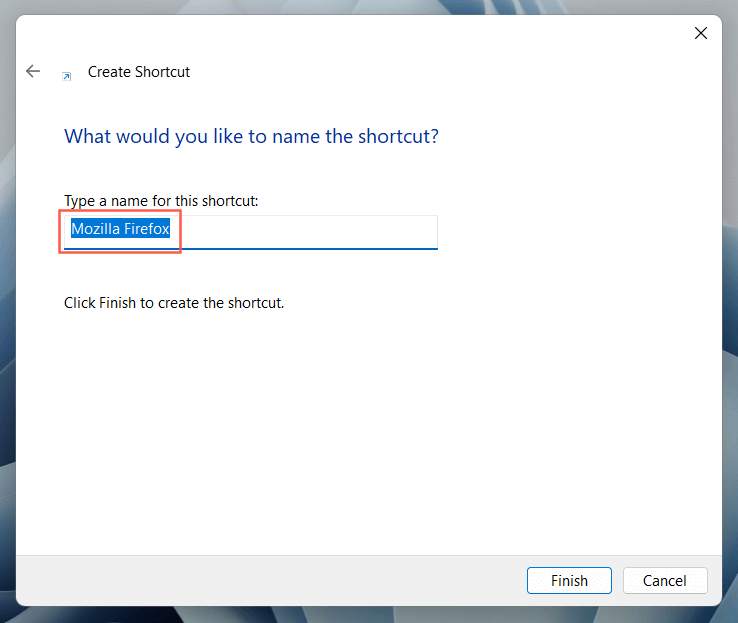Every single method that there is
Do you want to open apps, files, folders, and websites faster? Try creating desktop shortcuts. This tutorial shows how to do that on your Windows 10 or 11 PC.
Although Microsoft places less emphasis on desktop shortcuts in Windows 10 and 11, you can still use them to get to your favorite apps, files, and websites faster. There are several methods for adding shortcuts to the Windows desktop, and we’ll look at all of them.
Add App Shortcuts via the Start Menu
If you want to create a desktop shortcut to a Microsoft Store app—Photos, Calendar, etc.—or a traditional program on your PC, the quickest way is to drag it from the Start menu’s app list to the desktop.
- Open the Start menu and select All apps to reveal your app list.
- Locate the program you want to add.
- Drag the program to the desktop and release it when the cursor changes to Link.
In Windows 10, you can also drag out pinned Start menu apps into the desktop as shortcuts.
Add App Shortcuts via the Applications Folder
The Applications folder in Windows 10 and 11 is a special directory that features a comprehensive list of all Microsoft Store and non-Store apps on your computer. It offers an alternative way to create desktop shortcuts to the programs on your computer and lists items you typically won’t find listed within the Start menu, such as the Control Panel.
- Press the Windows Key + R to open the Run box. Then, type shell:AppsFolder,and press Enter. The Applications folder will show up in a File Explorer window.
- Locate the program you want to add to the desktop. Next, right-click and select Create shortcut.
- Select Yes on the “Windows can’t create a shortcut here” pop-up. The shortcut should immediately appear on your desktop.
Alternatively, you can access the Applications folder in Windows via the Command Prompt console. Type cmd into the Start menu, select Open and run the explorer shell:AppsFolder command.
Add Traditional System Shortcuts
Windows 10 and 11 display only the Recycle Bin on the desktop by default. But you can put anything you want there, including traditional system shortcuts like This PC, your user account folder, the network devices folder, and Control Panel via the Desktop Icon Settings dialog.
- Right-click the Start button and select Settings.
- Select the Personalization category.
- Select Themes.
- Scroll down and select Desktop icon settings.
- Check the boxes next to the shortcuts you want—Computer, User’s Files, Network, Recycle Bin, and Control Panel.
- Select Apply > OK.
Create Program, File, and Folder Shortcuts via File Explorer
Another way to create application shortcuts involves File Explorer. You can also use it to create shortcuts to files and folders.
Create Program Shortcuts
- Open File Explorer and visit the program’s installation directory. The default installation locations for traditional desktop applications (e.g., Microsoft Office) are Program Files and Program Files (x86) within the system partition. To locate a Microsoft Store app, you must visit the hidden WindowsApps folder.
- Locate the primary executable (EXE). It’s an application-type file (you can identify it by setting View to Details), typically featuring the name and icon of the program. If you want to be sure, double-click the file. If the program launches, you’ve identified the correct file.
Tip: If you have trouble locating the executable of a non-Store app, right-click the program on the Start menu and select More > Open file location. That should take you to the shortcuts folder for the Start menu. Again, right-click the program and select Open file location to bring up the application directory with the main EXE file highlighted.
- Drag the executable file onto the desktop and release it when the cursor changes to Create link in Desktop.
Or, right-click the application file and select Send to > Desktop (shortcut) on the contextual menu. You can also click and hold the right mouse button (not the left click), drag the item into the desktop, and select Create shortcuts here.
Create File and Folder Shortcuts
- Open File Explorer and locate the file (e.g., Excel or Word) or folder.
- Hold down the Alt key and drag the item out to the desktop.
- Release when the cursor changes to Create link in Desktop.
Like with application shortcuts, you can also right-click the file or folder and select Send to > Desktop (shortcut) or simply drag it to the desktop with a right-click and choose the Create shortcuts here option.
Drag and Drop URLs to Create Website Shortcuts
If you want to create a shortcut to a website or webpage, you can do that quickly by dragging and dropping the URL to the desktop.
- Load the website or webpage in a browser tab.
- Click anywhere within the address bar to highlight the URL.
- Drag and drop the URL onto the desktop.
The steps above work on Google Chrome, Microsoft Edge, Mozilla Firefox, and any other web browser you use in Windows 10 and 11.
Create Progressive Web App Shortcuts
If you use a Chromium-based browser such as Chrome or Edge, you can create progressive web apps (PWAs) for websites that appear on the desktop. PWAs feature website favicons, making them easier to distinguish from typical website shortcuts.
To install a site as an app in Chrome:
- Visit the homepage of a website.
- Open the Chrome menu and select More tools > Create shortcut.
- Check the box next to Open as window and select Create.
If you use Edge, just open the Edge menu and select Apps > Install this site as an app.
Use the New Shortcut Wizard
The Create Shortcut wizard is a slow but reliable tool for creating desktop shortcuts for apps. You can also add shortcuts to programs, files, folders, and websites.
- Right-click a vacant area within the desktop and select New > Shortcut.
- Enter the path of a program executable, file, or folder, or add it via the Browse button. If you want to create a shortcut to a website, paste the URL instead.
- Select Next.
- Rename or assign a new name for the shortcut.
- Select Finish.
What’s Next?
Now that you know how to create desktop shortcuts on your Windows 10 or 11 PC, what’s next?
- Learn how to change default system desktop icons like the Recycle Bin.
- Shortcuts won’t do you any good unless you know how to get to the desktop faster.
- If you have too many shortcuts, you might want to change the spacing between app icons.
- Try customizing your desktop by changing the default icons for your shortcuts.

